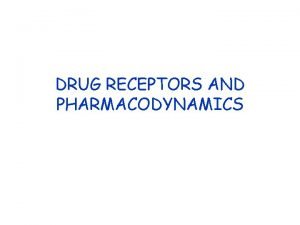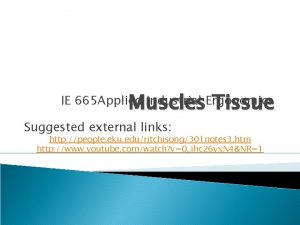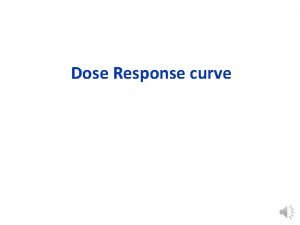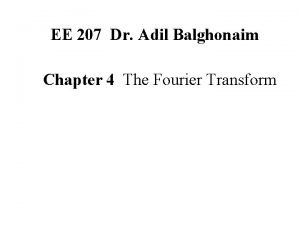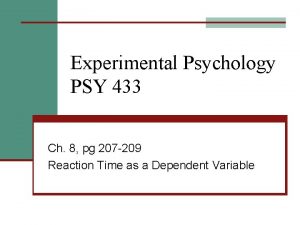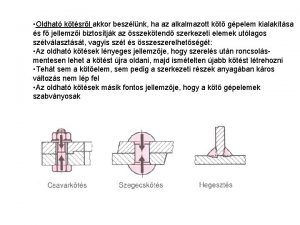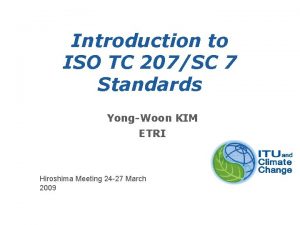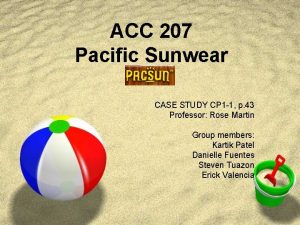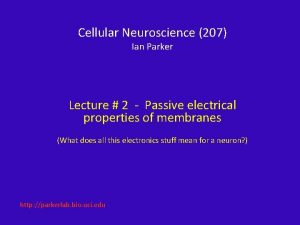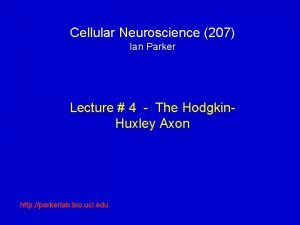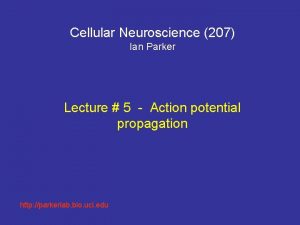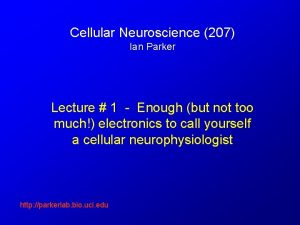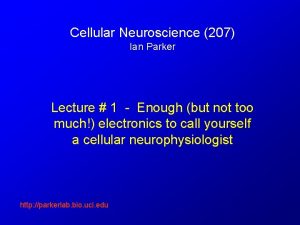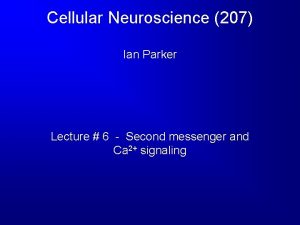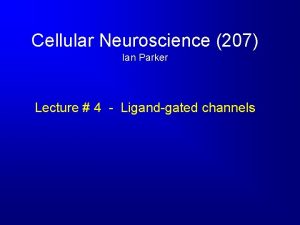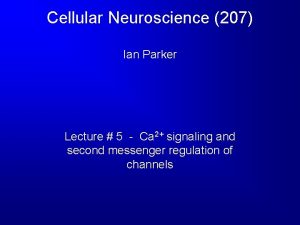Cellular Neuroscience 207 Ian Parker Lecture 18 Quantal












- Slides: 12

Cellular Neuroscience (207) Ian Parker Lecture # 18 - Quantal release of neurotransmitter

Quantal (vesicular ) release of neurotransmitter: an historical perspective Fatt & Katz – early 1950’s - chance discovery of miniature endplate potentials (m. e. p. p. s) Spontaneous, small depolarizations of muscle fiber resting potential Occur randomly; ~ 1 per sec Observed only at the endplate Blocked by curare (competitive ACh antagonist) Abolished by denervation Enhanced by blocking ACh esterase THEREFORE – arise from spontaneous release of ‘packets’ (‘quanta’) of ACh from the nerve terminal

Q. Could m. e. p. p. s result from release of single molecules of ACh? A. No. If apply low dose of ACh in the bathing solution, there is a steady depolarization, not an increase in frequency of m. e. p. p. -like events

How many molecules of ACh in a quantum? » About 10, 000 : Kuffler & Yoshikami, 1975 Apply ACh from an ionophoretic pipette positioned very close to the nerve terminal. Evoke ‘artificial’ m. e. p. p. s that match in size the natural m. e. p. p. s. Then calibrate how much ACh was released from the pipette.

ACh release evoked by nerve stimulation is also quantized In normal extracellular Ca 2+ the action potential-evoked endplate potential (e. p. p. ) is ~100 x greater than the m. e. p. p. and triggers an action potential. So, difficult to tell if it is made up of multiple quanta.

BUT, if extracellular Ca 2+ is lowered, the e. p. p. becomes much smaller, and can be reduced to the size of the m. e. p. p. (Mean size of the e. p. p. varies as the 4 th power of [Ca 2+] – because fusion of a neurotransmitter vesicle requires simultaneous binding of 4 Ca 2+ ions) At appropriately low [Ca 2+], e. p. p. s show a quantized nature – sometimes stimulation evokes release of 1 quantum (e. p. p. the same size as an m. e. p. p. ); sometimes 2 quanta (double the m. e. p. p. size); sometimes a failure.

Quantal Analysis of transmitter release Calcium increases the statistical PROBABILITY of release of transmitter quanta The numbers of e. p. p. s containing k quanta (k = 0, 1, 2, 3 etc) follow a POISSON distribution (cf. deaths by horse kick in the Napoleonic army)

Quanta and Vesicles At the time transmitter ‘quanta’ were identified, it was not known what they physically corresponded to. But a few years later (1955), electron microscopy revealed numerous vesicles in presynaptic nerve terminals. Vesicular hypothesis: Transmitter (ACh and every other neurotransmitter we know of) is packaged in vesicles of (roughly) consistent size. Fusion of 1 vesicle releases 1 quantum of transmitter Evidence: 1. Nerve terminal contains hundreds of vesicles that contain neurotransmitter 2. Size (volume) of vesicles is big enough to contain the expected number of molecules of transmitter

3. Agents that cause massive release of neurotransmitter (e. g. black widow spider venom) deplete vesicles in terminal 4. E. M. of nerve terminals frozen in the act of releasing transmitter reveals vesicles fusing with surface membrane (omega profile) 5. Measurements of capacitance in cells undergoing exocytosis of transmitter show stepwise increases, corresponding to addition of one vesicles-worth of membrane area.

Visualizing vesicular fusion with an extracellular fluorescent dye Secretion of amylase from pancreatic acinar cells (neurotransmitter vesicles are too small to see in this way, but mechanism is the same). ‘Negative staining’: dye in extracellular space enters vesicles as they fuse.

The fusion pore

Vesicular recycling 1. Vesicle fuses with plasma membrane, releasing quantum of neurotransmitter 2. Vesicle membrane incorporates into plasma membrane 3. Vesicle membrane pinched off. 4. Empty vesicle 5. Vesicles fuse to form larger endosome. This is refilled with transmitter (ACh synthesized by choline acetyltransferase from recycled choline) 6. Filled vesicles bud off, and dock near sites of Ca 2+ channels ready for release.
